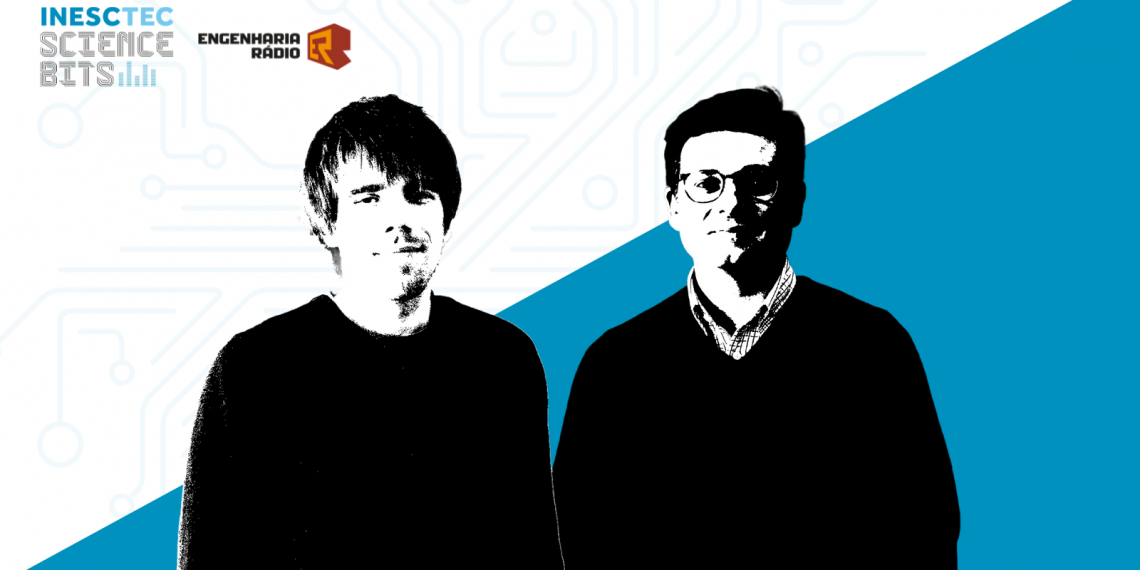INESC TEC Science Bits – Episode 39
Link to the episode (Portuguese only)
Guest speakers: Álvaro Figueira, researcher at INESC TEC and lecturer at the Faculty of Sciences of the University of Porto, and Nuno Guimarães, researcher at INESC TEC.
Keywords: Artificial Intelligence, algorithms, social networks, unreliable information

Because if it were clickbait, we would probably have written something like “you won’t believe what a group of Portuguese researchers discovered”. Have you ever come across titles like this when browsing social networks? What do you usually do? Click or keep scrolling? In this episode, we will, bit by bit, understand how technology can help us identify unreliable information on social networks (clickbait may fit into what is considered unreliable information – we explain how in this episode of Science Bits).
In 2018, a group of researchers from MIT presented the results of a study on the dissemination of fake news through social networks, particularly on Twitter. The researchers concluded that, on said social network, fake news travelled faster than true stories. According to this study, they even had a 70% higher probability of being retweeted than actual news. Additionally, the researchers found that the origin was mainly accounts managed by people and not by so-called bots.
A few months after the publication of this study, the Eurobarometer exposed that less than half of the Portuguese respondents (46%) claimed to be able to identify news that twist reality or are outright fake – a number below the European Union average, which was, at the time, 58%. In a 2022 edition of the Eurobarometer, when asked if they were confident in identifying misinformation and fake news, 12% of Portuguese respondents said they felt very confident – 6% not confident at all.
It is certain that terms like misinformation, fake news, or clickbait are now part of our vocabulary. And, even aware of what they refer to and how easily we can come across reports, news, or other pieces that are not true, verifying the accuracy of the information is not always an easy task. In this sense, INESC TEC researchers have been working on developing solutions aimed at supporting citizens in identifying misinformation. Can machines help us understand why certain information, news, or sources are unreliable?




 News, current topics, curiosities and so much more about INESC TEC and its community!
News, current topics, curiosities and so much more about INESC TEC and its community!